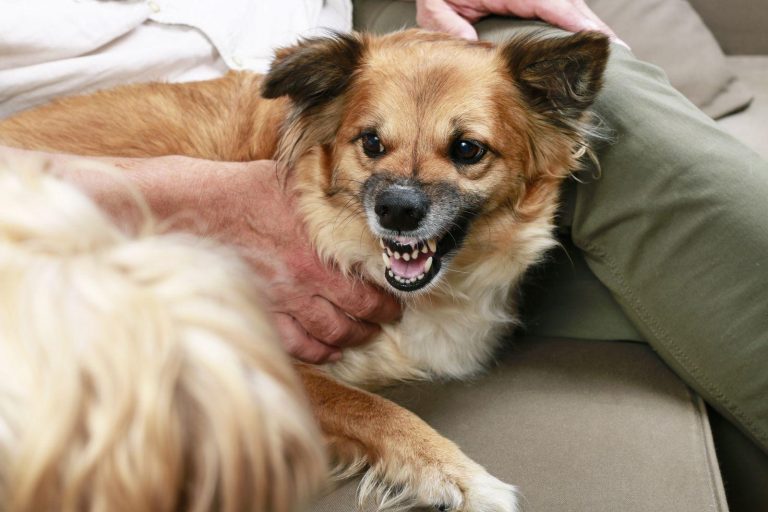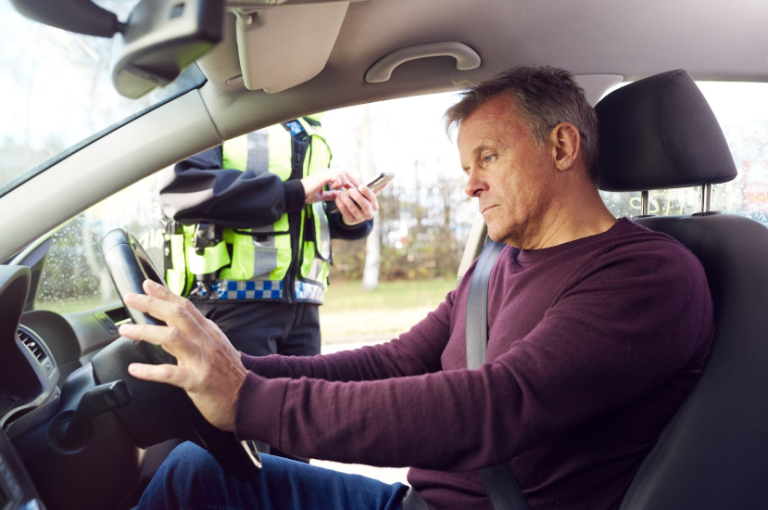Long golden days, starry skies, crackling fires, and the opportunity to disconnect are all hallmarks of summertime camping. A successful summer camping vacation calls for more than just a desire for fresh air and a packed backpack. It’s wise to plan for anything from unforeseen weather changes to losing power in the middle of the night. You can prevent heat waves or unexpected storms that could ruin your outdoor experience by keeping an eye on weather data both before and during your vacation. This guide walks you through everything you need to know, so your summer camping experience is equal parts adventure and comfort.
#1 Select the Ideal Location
Cool mountain breezes, sunsets by the sea, stargazing in the desert, or the shade and fauna of a forest, each location has its own beauty. Consider your hobbies and degree of comfort. Do you go hiking? Swimming? Looking at the stars? That will affect the best place. Adapting your location to your favorite landscape, whether it be untamed or serene.
Make your reservation as soon as possible! Popular locations fill up quickly in the summer, so make plans well in advance—many campgrounds accept reservations months in advance. By doing this, you may be sure that you’ll find the ideal location with the amenities you need, like shade or hookups.
2. Put Together Necessary Equipment
Gear becomes your basis after your objective is determined. You can classify necessities into four groups: cooking and food, shelter and sleep, electricity and lighting, and safety and comfort.
- Sleep & Shelter
Verify that your tent is waterproof and durable. To get comfortable before you arrive, practice pitching it once at home. For added comfort, bring an air mattress or sleeping pad, a sleeping bag appropriate for the summer, and an optional camping cot.
- Power & Lighting
For safe nighttime mobility, pack torches with extra batteries. A portable power station or battery bank allows you to utilize cooking equipment, operate fans, and charge phones while you’re car camping.
- Cooking & Food
Essentials include a cooler, cookware, cutlery, plates, and a simple camp stove or grill. For cleaning, use biodegradable soap, reusable containers, and foldable dishbasins.
- Safety and comfort
Sunscreen, bug repellent, a first aid kit, and a knife or multi-tool. To reduce impact and maintain a clean campsite, bring trash bags and wipes.
#3 Arrange Your Schedule (But Remain Adaptable)
There should be a mix of leisure and activity in a balanced program. Plan a few nearby treks, swimming holes, or nature trails, but allow time for impromptu enjoyment and shaded naps. Taking a family vacation? Incorporate storytelling, easy crafts, and nighttime stargazing. Allow the rhythm of the day to be dictated by meals, snacks, and rest periods. You’re there to unwind, not to hurry.
#4 Pick a Wise Location for Your Campsite
It matters where you set up your tent. Position yourself in a shaded area, ideally with a cross breeze. During the hot afternoon sun, a location facing north or east tends to be cooler. To identify the ideal microclimate, experts also suggest researching the local climate and topography. If it is safe to do so, think about taking the tent down during the day on extremely hot days because it can operate as a greenhouse, greatly increasing the temperature inside. When positioned overhead, a tarp or parasol helps keep out direct sunlight while letting air flow.
#5 Stay Cool by Using Shade and Airflow
Experienced campers posted on Reddit: wrap ice-cold water bottles or damp towels over your wrists and neck, stay hydrated, and go for shady, windy spots whenever you can. Reddit.com. These simple actions prevent overheating by lowering body heat. Your tent, cooking station, and sitting area will stay cooler all day long with a reflective tarp above or a basic parasol.
#6 Meal preparation, food, and hydration
Eat light, hydrating foods like fruit, salads, sandwiches, chilled soups, and lots of water to stay energized and cool. Steer clear of heavy or extremely spicy foods that raise body temperature. Bring easy-to-prepare snacks like freeze-dried meals, almonds, and dried fruit. Plan for more than you anticipate needing to stay hydrated. Use frozen water bottles in your cooler because they do two things at once: they keep your food cold and turn into drinking water when they melt.
#7 Adhere to Leave-No-Trace and Campsite Protocols
Be mindful of other campers and the environment. Observe the Leave No Trace philosophy by packing out all waste, reducing the impact of fires, and only camping in approved areas. Get firewood locally to prevent bugs from being transported. Be mindful of noise levels, particularly at night. Be mindful of campfire etiquette and shared areas. Simple actions make everyone’s camping experience more enjoyable and environmentally friendly.
Final Words
Being well-prepared allows you to fully unwind and adjust to changing conditions or weather. You may avoid heat discomfort, needless effort, and downtime by packing appropriately, staying hydrated, setting up your tent strategically, and having a flexible plan. Your camping trip will be as memorable as it is comfortable and safe, thanks to these recommendations and practical guidance. Your summer getaway is a camping vacation. Take a deep breath, make a plan, and follow where your heart tells you to go.




